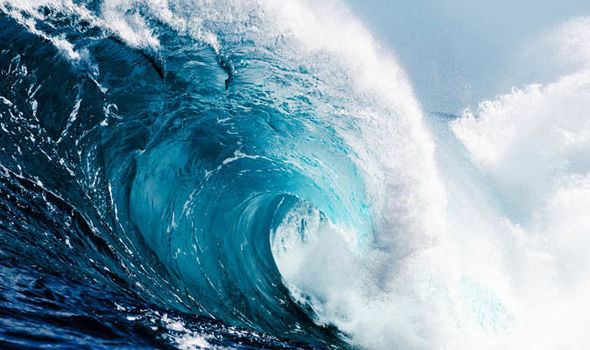Thalassi
On the coasts of Desmunda are a number of states with populations tyrannised by the resilient thalassi: Drasnia, Stockong, and Restfall. These are the most common states to find these hard-scaled natural born warriors. Punching a thalass would hurt like hell and achieve very little, but their tough padding can be easily overcome by good cut or slash from a proper blade. Behemons see thalassi as their Ocean-born relatives, because while no taller than humans, thalassi make up for their shorter size and inferior strength with the tenacity to never back down easily on anything - they feel so much taller than they are because they live like they are so much bigger than they are. Thalassi flow between partying, drinking, and battling with a will that can always reshape and endure to the point of almost being immune to harmful or invasive Psyche abilities. As such, humans are keen to stay on the good side of the thalassi people.
Basic Information
Genetics and Reproduction
However many senseless rumours there are that thalassi lay eggs, the facts do not change. Thalassi reproduce sexually and have a gestation period of 14 months before birth.
Growth Rate & Stages
Thalassi grow at the same rate as humans and generally enter adulthood as impressive muscled specimens by their late teens. Unlike behemons, they do not age and die so quickly. The normal time decay of their honed bodies begins is at sixty years old.
Ecology and Habitats
Thalassi can live in any environment that isn't exceedingly dry or blistering, but they much prefer humid areas. Thankfully, Desmunda's climate is perfect for them outside of the Brimstone Wastes and Catamain, though mountains are not their forte.
Additional Information
Social Structure
Historically, hunting and combat are all that have really mattered to thalassi. Yet in recent years, the latter has fallen out of fashion due to the peace suffocating the continent. Nowadays, thalassi are normally found putting their passions elsewhere or focusing on hunting, but combat sports are still an option for those with an ignited desire to spend their lives fighting.
Perception and Sensory Capabilities
It was once speculated that thalassi cannot truly feel pain, and to this day it is still fiercely debated. Some human sages simply think the thalassi mentality is the key factor as to why 'hurting' one is near impossible and that their will alone gives them a high pain tolerance; others are of the opinion that the pain transmitting nerves in thalassi are weak while their sense of touch is unaffected. The real answer lies somewhere in between these two theories.
Civilization and Culture
Common Taboos
Displaying physical weakness is frowned upon. Displaying emotional vulnerability is near unthinkable. A thalass with sentimental issues, regardless of how grand or tiny, brings shame to no only them but also those who raised them and taught them thalassi culture. To always flow down the current of life and receive any attacks on it head on is the thalassi way. To back down or give in is the way of an elf-livered snot.
Interspecies Relations and Assumptions
Behemons respect thalassi and vice versa. Goblins have nothing to do with thalassi despite being neighbours to Drasnia, their living conditions are near-incompatible. Humans fear their watery peers because they are such opposites in the abilities of their tethers and their cultures, in the eyes of humans thalassi are just tasteless brutes.
Lifespan
60 years
Average Height
1.6 - 2.1 metres
Average Weight
65 - 100 kg
Body Tint, Colouring and Marking
Most thalassi are have their scales pigmented in dark shapes of green, at least in Drasnia. In the eastern thalassi-heavy countries yellow and blue shades are often observed as well.
Remove these ads. Join the Worldbuilders Guild









Comments